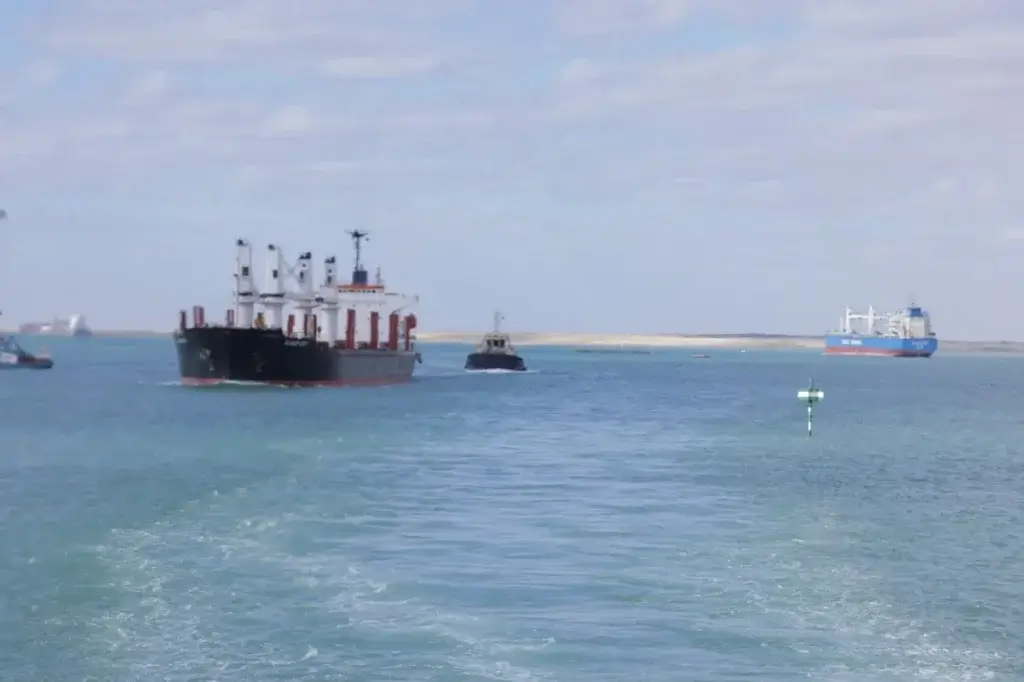If there is one thing myself and my colleagues at Trans.INFO share a keen interest in, it is new ideas that could potentially revolutionise the way we think about logistics. Maritime Informatics, put together by Mikael Lind and a number of esteemed logistics academics and professionals, is the perfect example – a book whose concepts have helped to shape a new discipline in the field of sea freight.
Published by Springer, Maritime Informatics lays the foundations for the Maritime Informatics discipline in 23 chapters covering a diverse range of topics, from common standards to digitalisation, sustainability, data sharing, data management and data analytics.
Who was involved in the creation of Maritime Informatics?
Mikael Lind, the editor of UN/CEFACT Cross Industry Supply Chain Track and Trace Project at RISE Research Institutes of Sweden, is the main driving force behind the book and the Maritime Informatics discipline.
However, there are a number of contributions from other renowned industry figures, not least Michalis P. Michaelides, an Assistant Professor at the Department of Electrical Engineering, Computer Engineering and Informatics at the Cyprus University of Technology.
The other co-editors are Robert Ward, former Secretary-General of the International Hydrographic Organization, and Richard T. Watson, an experienced author of texts on data management, electronic commerce and energy informatics among other topics.
In total, there are 100 contributors from 20 countries; they include 46 from industry or government and 34 from universities or research institutes. This variety undoubtedly enriches Maritime Informatics with a wide-berth of thoughts and insights throughout.
Who is Maritime Informatics for?
The depth of ideas and research in relation to data, digitalisation, strategic planning and efficiency, as well as cooperation, is what makes Maritime Informatics a work worth consulting for both academic and professional purposes.
Academics and students can delve into the methodology and concepts that are at the heart of Maritime Informatics, and learn how the discipline has the potential to bring noticeable change to the world of shipping.
Key decision makers in sea freight can also benefit from the concepts in Maritime Informatics, as the book details key pathways for how ports and shippers can evolve their operations for the benefit of the industry and society as a whole.
What can one learn from Maritime Informatics?
The book introduces the pillars of the Maritime Informatics discipline via three dedicated sections.
The first section, titled “Maritime Informatics as a better glue”, hones in on the importance of connections – notably connections between ports and cities, or between companies, or those created via data sharing. It is here that Maritime Informatics reveals how this new discipline can provide the adhesive to bring the big players of shipping closer together.
Among the areas covered in-depth in the section are the importance of digital data exchange standards for onboard equipment, how understanding collaboration between organisations can aid the design of systems that enhance the performance of maritime organisations and ports, and how industry support for Maritime Informatics can reduce waste, pollution, carbon emissions, and energy efficiency.
In part two, the text moves on to how Maritime Informatics methodologies can be used to enhance decision making processes. This concerns numerous sections of the shipping industry; ports, finances, voyaging, short-sea shipping and more.
This section begins with some key insights on how digital data sharing allows participating actors to gain the situational awareness required to make coordinated decisions that enhance resource utilisation and increase the safety and efficiency of operations. Another key chapter explains how data from systems of production can channelise data to systems of record, in turn allowing distributed coordination of port call operations among the various actors involved. Moreover, section two contains comprehensive insight on improving sustainability, safety, and global trade.
The third and final part of the book turns the focus towards what will ultimately revolutionise shipping – technology. Here, the text’s many authors shed light on data and all its uses; data management, data analytics and data visualisation.
Some of the themes covered here include how presenting shared data in real-time in a standardised format generates value for the maritime industry, how spatiotemporal analytics can be applied in the maritime industry, and how presenting shared data in real-time in a standardised format can generate value for the maritime industry.
Why should one consult Maritime Informatics?
It is no secret that supply chains are undergoing unprecedented changes, not least as a result of the pandemic sparking a rise in digitalisation. Blockchain, AI, IoT and big data are already making their mark. However, utilising these technologies in a manner that involves many parties and embraces data sharing represents considerable challenges.
The concepts presented in Maritime Informatics outline how these difficulties can be overcome, in turn stressing the importance of common standards, coordination and cooperation. If the above concepts are embraced, the premise is that the coordination and utilisation of shipping resources can be greatly enhanced.
Ultimately, Maritime Informatics has brought together leading figures in the shipping industry to establish the beginnings of a discipline that is set to make a significant impact on the efficiency and sustainability of sea freight.
The discipline of Maritime Informatics has been gaining substantial traction and recognition in recent times, a trend that looks set to continue. As a consequence, Maritime Informatics is indispensable reading material for both academics and logistics professionals alike.
For more information or to purchase the book Maritime Informatics, please visit: https://maritimeinformatics.org
Photo credit: pikist.com









